Mirrors are powerful objects and are often misused in design and Feng Shui. While it is true that they can expand a space and circulate energy, they are not the only things that can do so, and there are important guidelines that should be followed if they are to enhance rather than compromise the energy of a space.
Because mirrors literally provide us with a self image (literally), having an accurate reflection of our appearance is important. Surfaces should be clean in order to see yourself clearly, and the height and framing of the mirror should be appropriate to your body size. If you need to hunch down to have your head fully reflected, you may be experiencing less self-confidence than you would like (as well as headaches). Similarly, long narrow mirrors – which are regrettably very common – can lead to doubting one’s capacity to take up space and be fully present. I’ve worked with a number of people with such mirrors suffering from eating disorders: they saw themselves needing to ‘fit in’ to a smaller space. All of these clients saw a positive change in their eating habits when they bought wider, more inclusive mirrors.
Smaller, head-only mirrors are not recommended. They can keep us in our heads and less connected to the bigger picture. Women in particular should absolutely ensure that mirrors include their entire torso so as not to cut off their bust. Mirrors that are divided up (as the one in the image above) are also not recommended, as they cut up one’s image. Tiny decorative mirrors that are only inches wide must be avoided at all costs: every client I’ve worked with who had these was experiencing significant psychological distress, as though being cut down emotionally. If you own these small mirrors, lay them horizontally on a table or cabinet and use them as a tray for objects such as candles, perfume bottles, or jewerly. (And never use those so-called ‘Feng Shui’ mirrors sold to be put above your front door.)
Where you place a mirror in the home is equally important. Historically, Feng Shui lore has spoken to not having a mirror in the bedroom because your spirit would be afraid seeing itself at night. This rather colourful tale obscures a more logical explanation: because mirrors reflect anything opposite them, even if it is dark, movement in one part of the room can create the illusion of motion elsewhere. This means that a twinkle of light from the window or the slightest movement in the bed can make it appear as though something is moving in the mirror, causing your nervous system to tune into the potential threat of an intruder and thereby limiting your capacity to fully relax and deeply rest.
While it obviously makes sense to have a mirror in a bedroom when you can get dressed to see how you look (and many might want it for the reverse of these proceedings), ensuring that the bed itself is not reflected will help you get a better sleep. I am not exaggerating when I say that 100% of my clients with difficulty sleeping who had a mirror reflecting the bed noticed an immediate improvement when moving the mirror or covering it up at night. If you have mirrored closet doors (like I do), you can set up a curtain rod with curtains that you draw at night to cover the mirror while you sleep (like I do), which gives the option of having the mirrors be more active during daylight hours. Mirrors above the headboard are not recommended (anything heavy in that position will keep your nervous system on high alert) and mirrors on the ceiling might be more appropriate in Las Vegas or love hotels, where sleeping is less of a priority.
Another point about mirrors is to ensure that whatever they reflect is something that you like. Because mirrors create the illusion of duplication, whatever is being doubled should ideally be something you want more of as opposed to something you don’t. Position them to reflect dining tables (doubling the food on your table but not your waistline) or favourite works of art or collections, while aiming not to duplicate laundry baskets, garbage cans, or piles of clutter.
You should avoid placing mirrors opposite other mirrors: this creates a kind of ‘hall of mirrors’ effect, where you seem to be caught in the middle of a neverending tunnel. This arrangement can lead to feeling that there is never any end in sight to whatever is going on in your life. Additionally, a mirror opposite the front door, while said in classical Feng Shui to bounce energy out the door, is indeed not very auspicious: it can surprise you because of the sudden movement reflected in the home as soon as you enter, in addition to drawing your attention to what is behind you outside the home rather than welcoming you more fully into your space.
Because mirrors provide an opportunity for reflection (pun intended), too many of them can lead to self-consciousness and overthinking. More than one mirror on the same wall can bring about second-guessing, whereas multiple mirrors on different walls in the same room can be disorienting and confusing. Each room really doesn’t need more than one, and too many in a home in general can make you too self-conscious about your appearance.
May everything reflected around you bring you joy.
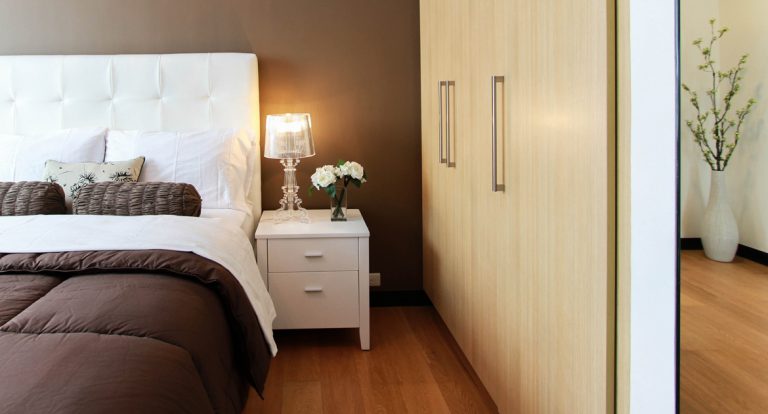



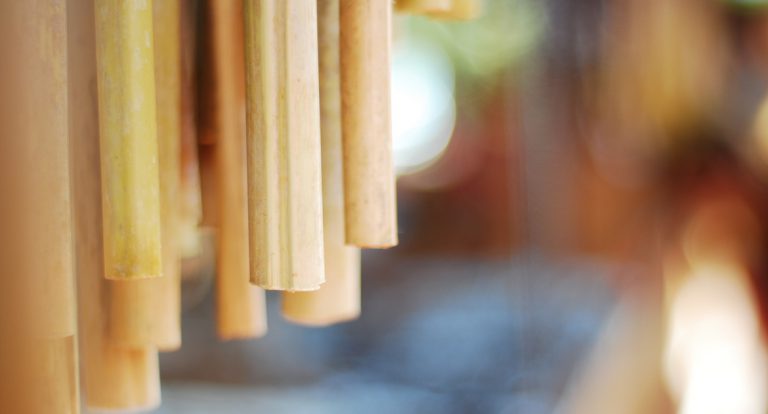
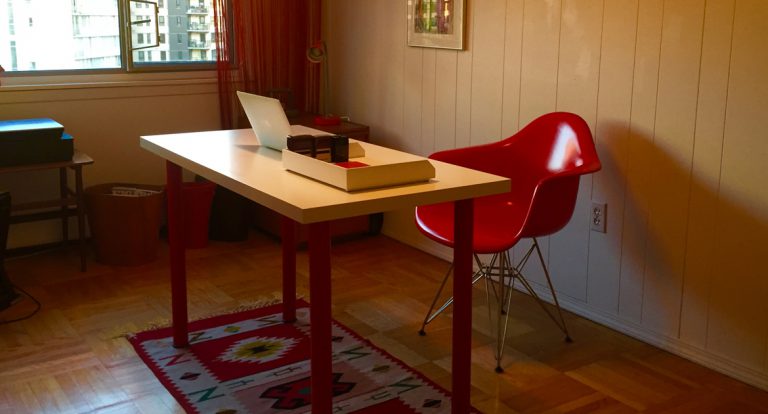
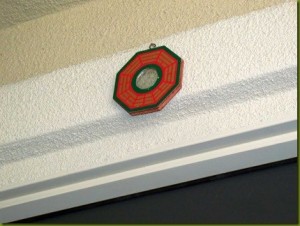


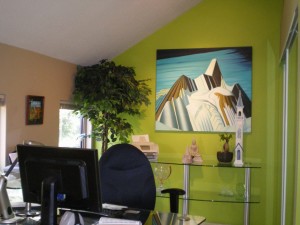
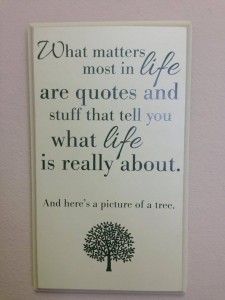
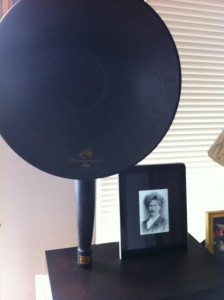
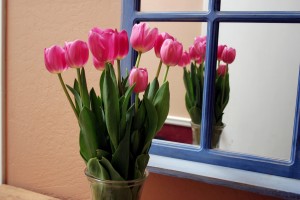
Recent Comments